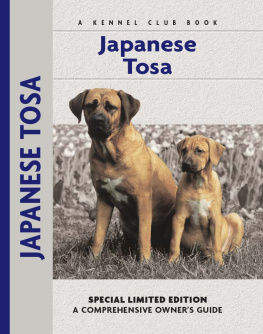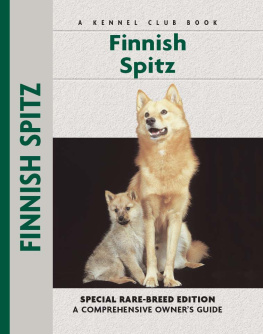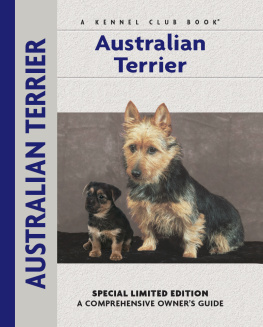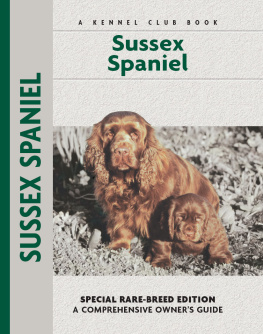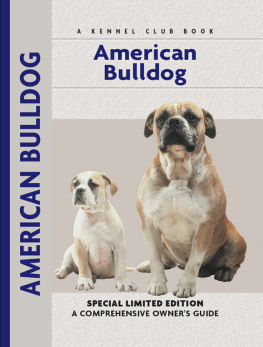Physical Characteristics of the Japanese Tosa
(from the Fdration Cynologique Internationales breed standard)
Skull: Broad.
Eyes: Rather small, dark brown in color with dignified expression.
Stop: Rather abrupt.

Muzzle: Moderately long. Nasal bridge straight.
Jaws: Upper and lower jaws strong.
Teeth: Strong with scissors bite.
Chest: Broad and deep, ribs moderately sprung.
Forequarters: Shoulder: Moderately sloping. Forearm: Straight, moderately long and strong. Pastern: Slightly inclining and robust.
Size: Minimum height at withers for dogs 23.5 in (60 cm), for bitches 21.5 in (55 cm).
Ears: Relatively small, rather thin, set high on the skull sides, hanging close to the cheeks.
Neck: Muscular with a dewlap.
Nose: Large and black.
Back: Level and straight.
Belly: Well drawn up.
Color: Red, fawn, apricot, black, brindle. Slight white markings on chest and feet are permitted.
Croup: Slightly arched at the top.
Tail: Thick at the root, tapering towards the tip, reaching the hocks when let down.
Hindquarters: Muscles very developed, joints of stifle and hock moderately angulated, strong.
Coat: Short, hard and dense.
Feet: Tightly closed. Pads thick and elastic. Nails hard and preferably dark in color.
Contents

Learn about the origin of this massive Japanese breed, bred as a tenacious fighter and guard. Follow the breeding programs that established the Tosas essential qualities, learn about the enthusiasts who preserve and protect the breed and accompany the Tosa on its journeys outside its homeland.

Once solely a fighting dog, the Tosas natural instincts now translate into a dog that is intelligent, unwavering in his loyalty and ever-protective of his home and family. Learn about the breeds impressive physical characteristics and uncover all aspects of his personality and temperament to see if the versatile, athletic Tosa is the dog for you.
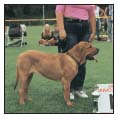
Learn the requirements of a well-bred Japanese Tosa by studying the description of the breed set forth in the Fdration Cynologique Internationales standard. Both show dogs and pets must possess key characteristics as outlined in the breed standard.
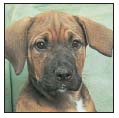
Be advised about choosing a reputable breeder and selecting a healthy, typical puppy. Understand the responsibilities of ownership, including home preparation, acclimatization, the vet and prevention of common puppy problems.
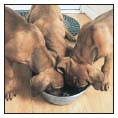
Enter into a sensible discussion of dietary and feeding considerations, exercise, grooming, traveling and identification of your dog. This chapter discusses Japanese Tosa care for all stages of development.

By Charlotte Schwartz
Be informed about the importance of training your Japanese Tosa from the basics of housebreaking and understanding the development of a young dog to executing obedience commands (sit, stay, down, etc.).

Discover how to select a qualified vet and care for your dog at all stages of life. Topics include vaccinations, skin problems, dealing with external and internal parasites and common medical and behavioral conditions.
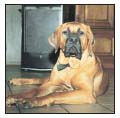
Learn to recognize and handle behavioral problems that may arise with your Japanese Tosa. Topics discussed include separation anxiety, aggression, barking, chewing, digging, begging, jumping up, etc.
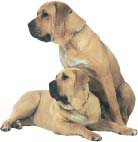
K ENNEL C LUB B OOKS J APANESE T OSA
ISBN 13: 978-1-59378-336-5
eISBN 13: 978-1-62187-074-6
Copyright 2003 Kennel Club Books A Division of I-5 Publishing, LLC
3 Burroughs, Irvine, CA 92618 USA
Cover Design Patented: US 6,435,559 B2 Printed in South Korea
All rights reserved. No part of this book may be reproduced in any form, by photostat, scanner, microfilm, xerography or any other means, or incorporated into any information retrieval system, electronic or mechanical, without the written permission of the copyright owner.
Photographs by Isabelle Franais, Carol Ann Johnson and
Alice van Kempen with additional photographs by:
Norvia Behling, T. J. Calhoun, David Dalton, Doskocil,
RBP, Bill Jonas and Mikki Pet Products.
Illustrations by Patricia Peters and Walter Hunt.
The publisher wishes to acknowledge the following owners and photographers: Rick Babineau, Serena Burnett, Whitney Crockett, Donna Davis, Terry L. Edinger, Takashi Hirose, Walter W. Hunt, Michelle Jones, Bernd Leikhauf, Claudia Naber, Steve Ostuni, Julia Neiman, Anthony Recchia, Mariella Sachs, Anthony Smith, Mary A. Sullivan, Christine Tippelmann and Sanda Thompson.

The Japanese people have had the Tosa-inu (inu meaning dog) as a part of their cultural heritage for more than 900 years. This Tosa has just won his championship in Japan and is adorned with the ornaments of a champion.

BACKGROUND AND HISTORY IN JAPAN
The Japanese Tosa-token, more commonly called the Tosa-inu or Tosa-ken, has been revered and feared throughout Japan for more than 900 years. The Japanese people consider the Tosa to be a Natural Treasure and, even with the breeds current popularity in the West, Tosas are rarely exported. The breed has also been referred to as the Japanese Mastiff or the Japanese Fighting Dog, but the Japanese Kennel Club (JKC) sanctions neither name. The name Japanese Fighting Dog seems to be a more generic term that has been used throughout time to refer to whatever was the predominant Japanese fighting breed of a given time period. It has been used in the past to describe the Akita but is now mainly used in reference to the Tosa.
Many Japanese breeds were named after the province in which they originated. The Tosa is the indigenous dog of Tosa-Wan (Tosa Bay), located in Kochi Prefecture on the southern Japanese island of Shikoku. Some older sources refer to the Tosa as the Kochi-inu, which translates as Kochi dog. The names Kochiinu and Tosa-inu both refer to the same dog; however, Kochi-inu is no longer used to refer to the breed.
Next page
